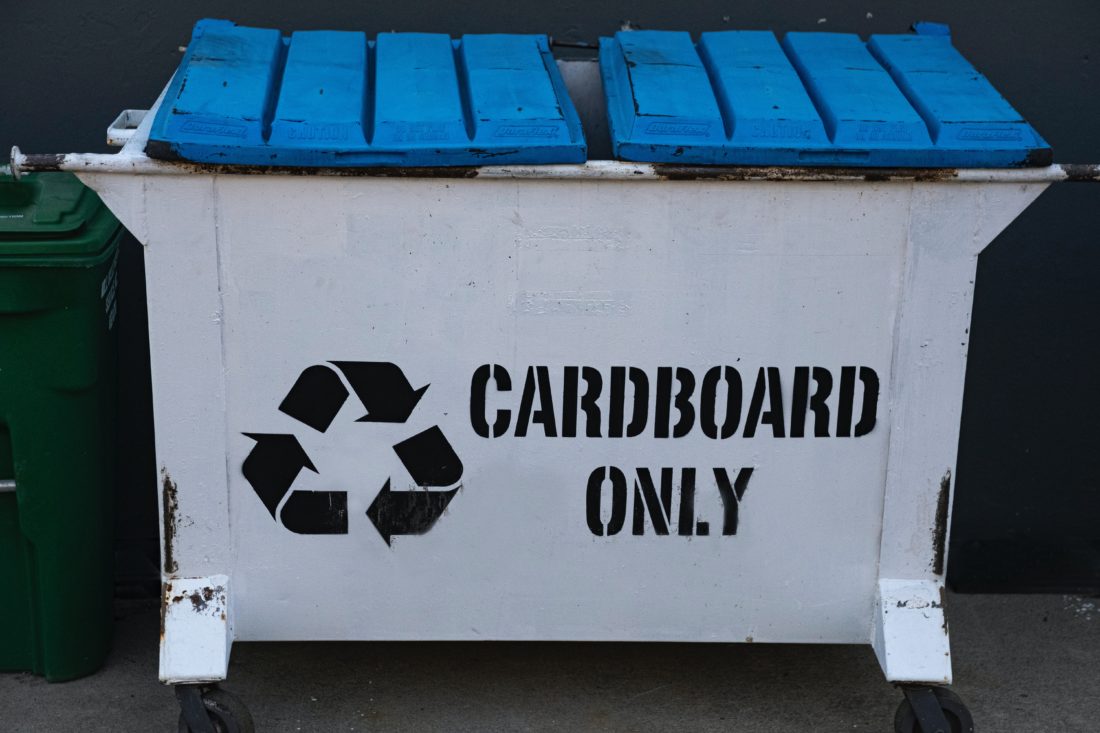
Paper and Cardboard Recycling Bins
Paper and cardboard are among of the most commonly recycled packaging materials in the UK. As a nation, we are adept at placing e-commerce delivery boxes, carton board packaging and paper waste into household and commercial recycling bins. Then, local Council collections take this packaging material to recycling centres. However, calls are out to separate paper and cardboard from other recycled materials. Are we ready to embrace another bin?
Paper & Cardboard Recycling Rates
At present, nearly 70% of all paper and cardboard is recycled. What’s more, with efficient collection services, recycling plants and processes, the turnaround is fast. Fortunately, discarded paper and cardboard waste is repurposed into new paper and cardboard products within a few weeks!
Whilst this paints a positive picture, the Paper Industries have a higher target to meet. By 2030, an 89% recycling rate is to be achieved. Reaching that goal is difficult with the existing process, so fresh thinking is required.
Separate Bins for Paper-based Packaging
One of the issues which currently makes some of the paper and cardboard waste unrecyclable is contamination from other materials. Unfortunately, it is a difficult issue to avoid when all dry, recyclable waste is disposed of in the same bin.
In March, the Confederation of Paper Industries published a position paper*. This highlights the importance of a separate recycling bin for paper and cardboard. It was presented to the Government in the hope is that it will be considered as part of reforms to the Resource & Waste Strategy.
The position paper emphasises that high-quality recycled material has environmental and economic advantages for UK industry. As a result, maintaining and increasing investment in UK paper and cardboard production and the recycling infrastructure is essential. However, quality is compromised in the current mixed recycling collections, so this needs to be addressed.
From our perspective, a reliable source of quality recycled material is fundamental to the ongoing success of our business. We have taken many steps to monitor and minimise waste, so this is a natural step forward. In addition, the environmental advantages of increasing circular production are evident.
We realise that introducing this idea across the country is not a simple process. For a start, the practicalities of supplying households and businesses with extra bins and arranging more Council collections will be a challenge. Let’s see how the Government responds and what progress can be made.
Product & Packaging Design to Promote Recycling
So, how else can we meet the recycling target? Another ways is to greatly increase the products and packaging that are designed with recycling in mind. Fortunately, we have seen a shift at the packaging design stage, with the majority of customers being committed to sustainability. In response, our team have advised many brands. Firstly on how to minimise the range of materials used and secondly, how to separate packaging materials for recycling.
We were delighted to hear about a new solution. To help more designers consider the full life cycle of products and packaging, the Confederation of Paper Industries has developed a tool; Papercycle.
Launched on Friday 19 May, Papercycle offers an online assessment to determine the recyclability of fibre-based products and materials within the UK. It can be used to assess whether items in development will contribute to the circular economy.
The online Papercycle tool is backed up by professional lab testing for more unusual fibre products. To learn more about Papercycle and the impact it can make, visit the Papercycle webpage.
Consumer Awareness of What can be Recycled
A third approach to encourage paper and cardboard recycling is to keep building consumer awareness. There remains confusion about what materials can or can’t be recycled. Promotional campaigns and information on packaging are effective. However, educating the population and highlighting the benefits of recycling need to remain on the agenda.




Sorry, the comment form is closed at this time.